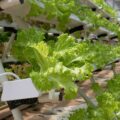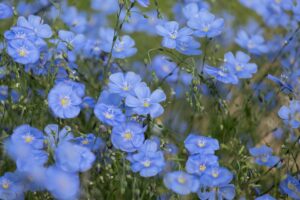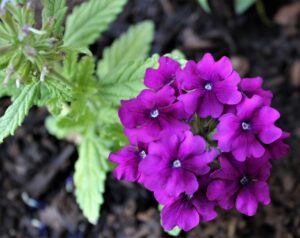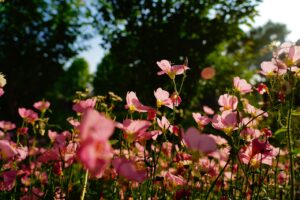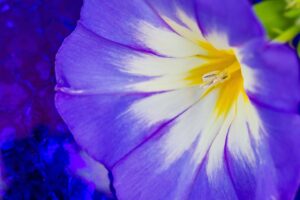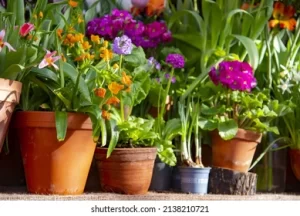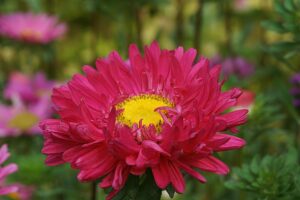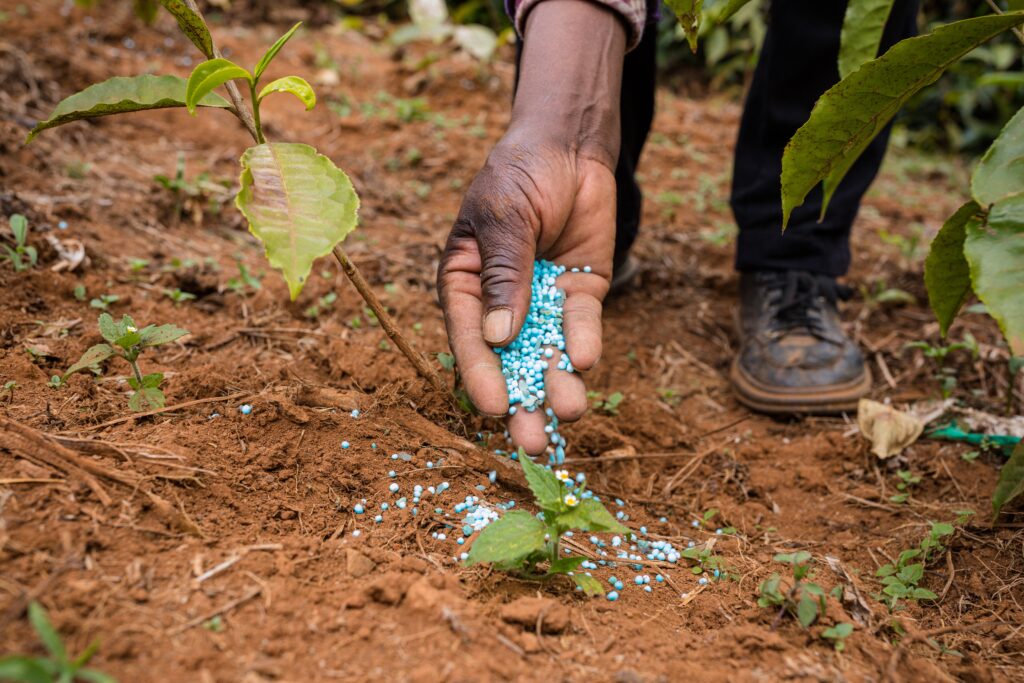
Are you looking for a way to nourish and enrich your plants? Plant fertilizer is a great way to achieve this goal. But if you want to go the extra mile and make your own plant fertilizer, you’ve come to the right place. In this blog post, we’ll provide you with everything you need to know about plant fertilizer, including how to make your own and the benefits of doing so.
What is Plant Fertilizer?
Plant fertilizer is a nutrient-rich substance that can be used to nourish and enrich plants. It is made up of a variety of minerals and elements that are essential for healthy plant growth. These elements include nitrogen, phosphorus, and potassium, as well as trace elements such as magnesium, sulfur, and calcium. Plant fertilizer can come in many forms, such as granular, liquid, and organic.
The purpose of plant fertilizer is to provide the essential elements that plants need to survive. Without these essential elements, plants are unable to properly absorb and use the nutrients they need. This can lead to stunted growth, discoloration of leaves, and even death. Therefore, it is important to provide plants with the right kind of fertilizer to ensure their health and vitality.
Why Fertilize Your Plants?
Fertilizing plants is essential for their growth and development. By providing plants with the essential elements they need, you can help them grow taller, stronger, and more resilient. Furthermore, fertilizing your plants can also help improve their overall health. Fertilizers can provide plants with the nutrients they need to fight off disease and pests, as well as the energy to produce vibrant and lush foliage.
In addition to its direct benefits, fertilizing your plants can also save you money in the long run. Plants that are properly fertilized are less likely to suffer from disease and pests, which can be costly to treat. Furthermore, fertilizers can help improve the soil quality, which will result in healthier plants and a lower need for additional fertilizer.
Different Types of Plant Fertilizers
The type of plant fertilizer you use will depend on the needs of your plants. There are a variety of different types of plant fertilizer available, each with its own advantages and disadvantages. Here are a few of the most popular types of fertilizer:
- Granular fertilizers are dry fertilizers that are applied directly to the soil. They are typically slow-release, meaning they will gradually release their nutrients into the soil over time. This makes them great for long-term fertilization.
- Liquid fertilizers are diluted in water and applied directly to the soil or foliage. They are quickly absorbed and can provide plants with a quick boost of nutrients. However, they need to be applied more frequently than other types of fertilizers.
- Organic fertilizers are natural fertilizers made from sources such as compost and manure. They are not as concentrated as other types of fertilizers, but they are great for providing plants with essential nutrients without the need for chemical additives.
How to Make Your Own Plant Fertilizer
Making your own plant fertilizer is a great way to provide your plants with the nutrients they need without the use of chemicals. It is also a great way to save money, as you can use items you already have in your home or garden to make your own fertilizer. Here are a few tips for making your own plant fertilizer:
- Gather your ingredients. You will need to gather the necessary ingredients for your plant fertilizer. This may include items such as manure, compost, kitchen scraps, and Epsom salts.
- Mix your ingredients. Once you have gathered your ingredients, mix them together in a bucket or container. Make sure to mix the ingredients thoroughly to ensure they are evenly distributed.
- Apply the fertilizer. Once your fertilizer is ready, you can apply it directly to the soil or foliage of your plants. Make sure to apply the fertilizer evenly and water your plants afterwards to ensure that the nutrients are absorbed.
DIY Plant Fertilizer Recipes
If you’re looking for some recipes to make your own plant fertilizer, here are a few of our favorites:
- Compost Tea: To make compost tea, simply mix 1 part compost with 10 parts water. Let the mixture sit for 24 hours before applying it to your plants.
- Epsom Salt Mix: For this mix, combine 1 cup of Epsom salts with 1 gallon of water. This mix can be used as both a foliar spray and a soil drench.
- Manure Tea: To make manure tea, combine one part manure with four parts water and let it steep for 24 hours before applying it to your plants.
Benefits of Making Your Own Plant Fertilizer
Making your own plant fertilizer has a number of benefits, including:
- Cost savings: Making your own plant fertilizer can save you money in the long run. You can use items you already have in your home or garden to make your own fertilizer, which is much cheaper than buying commercial fertilizer.
- Natural: Making your own plant fertilizer allows you to avoid using chemical additives. This is especially beneficial for organic gardeners who want to keep their gardens as natural as possible.
- Tailored: When you make your own plant fertilizer, you can tailor it to the specific needs of your plants. This allows you to provide them with the exact nutrients they need to thrive.
Tips for Using Plant Fertilizer
Here are a few tips to keep in mind when using plant fertilizer:
- Be aware of the dosage: Too much fertilizer can be harmful to your plants, so it’s important to be aware of the dosage you’re using. Be sure to follow the instructions on the fertilizer package or use a measuring cup to ensure you’re not over-fertilizing your plants.
- Water your plants: After applying fertilizer, be sure to water your plants to ensure that the nutrients are absorbed.
- Timing: Timing is important when it comes to fertilizing your plants. Make sure to fertilize your plants at the right time of the year to ensure they’re getting the most out of the fertilizer.
Common Mistakes to Avoid When Using Plant Fertilizers
When using plant fertilizers, it’s important to avoid common mistakes such as:
- Not reading the instructions: Be sure to read the instructions on the fertilizer package carefully before using it. This will help ensure that you’re using the right amount of fertilizer and applying it correctly.
- Over-fertilizing: Applying too much fertilizer can be harmful to your plants, so it’s important to be aware of the dosage you’re using.
- Not watering your plants: After applying fertilizer, it’s important to water your plants to ensure that the nutrients are absorbed.
Plant Fertilizer Alternatives
If you’re not interested in making your own plant fertilizer, there are a number of alternatives available, such as:
- Compost: Compost is a great way to provide your plants with the nutrients they need without the use of chemicals. It is easy to make and can be used as both a soil amendment and a fertilizer.
- Manure: Manure is an excellent source of nutrients for your plants. It can be applied directly to the soil or used as a liquid fertilizer.
- Natural fertilizers: Natural fertilizers such as fish emulsion and seaweed extract are great alternatives to chemical fertilizers. They are often more concentrated than other types of fertilizers, providing your plants with the nutrients they need without the risk of over-fertilizing.
Conclusion
Making your own plant fertilizer is a great way to provide your plants with the nutrients they need without the use of chemicals. It’s also an inexpensive way to save money in the long run. With the right ingredients and a bit of knowledge, you can easily make your own plant fertilizer. Just be sure to read the instructions carefully, water your plants after applying the fertilizer, and avoid over-fertilizing. For all your gardening needs, check out https://floweringplants.org/ for an array of supplies and advice.



